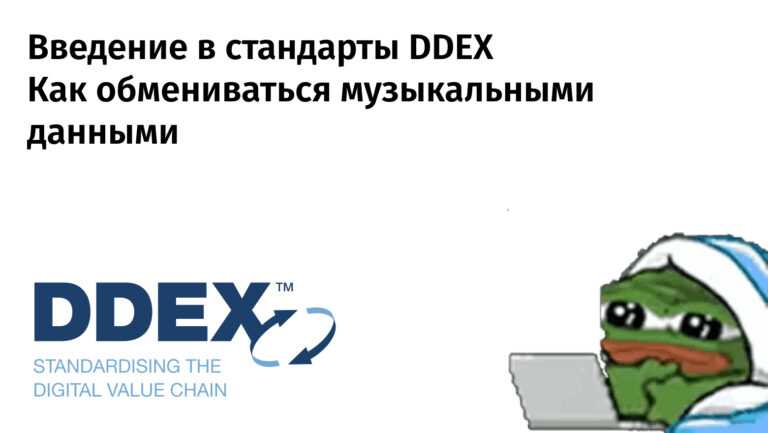all about the program and useful resources

Even a child aged 6–9 can start creating their first 3D models. TinkerCAD, a powerful tool designed specifically for beginning children, will help them with this.
Today we propose to talk about 3D modeling and the benefits of teaching preschoolers and primary school children to use the corresponding editors and applications. For example, let's take TinkerCAD – a free program that can be used online thanks to cloud technologies implemented by the developer. TinkerCAD belongs to Autodesk – a company leading in the field of creating software for design and processing digital information.
About TinkerCAD Cloud Service: What is it?
TinkerCAD is a simple learning environment designed specifically for children. You can work with its tools using any browser and it is absolutely free: you do not need to download or buy anything.
The program is popular and widespread in teaching young children how to create 3D models. Familiarization with it can be considered a basic level: 3D modeling lessons in TinkerCAD are often held in elementary grades to immerse students in the basics of constructive geometry. The capabilities of the environment are also used in thematic courses in conjunction with additional tools, for example, Construct – an engine designed to create three-dimensional games. For example, we teach We are at the Pixel school for children aged 6 and up. In this article, we will talk about the benefits of TinkerCAD and share useful links to guides and books that will help children get started in 3D modeling.
Possibilities and advantages of the web environment

Thanks to the free TinkerCAD web application for children, every child interested in this can get closer to a number of IT areas: 3D modeling, programming and more. We would like to emphasize that the platform is actively used by millions of schoolchildren from different countries: its popularity is due to a number of opportunities and advantages. These are:
Free and accessible. We have already told you that you don't need to buy or download anything. Just open the program's website in your browser, register and start working with simple tools;
Active practice. Even if a child independently masters the capabilities of TinkerCAD, without the support of a teacher, he will be able to cope with any simple project. For this, the platform provides everything you need: an intuitive interface, a functional work area, a ruler, various figures and forms. You can also use an interactive editor, internal object libraries, and even upload your own files to the service;
Creation of 3D models on the platform from scratch. Even a preschooler can do this, but we don’t recommend starting too early: although TinkerCAD is more of a children’s program, it’s best to introduce it to a child aged 6 and up.
You can learn more about the capabilities of the web environment in blogwhich is run by the developer's representatives. It will be difficult without knowledge of English, but even a simple online translator will help you cope with this.
And we want to note that the web service also helps children design, create schemes, write simple code and more. Let's figure out what any preschooler or junior schoolchild can learn as a result of working with the environment.
What a child can learn in 3D modeling lessons in TinkerCAD or through independent study

First of all, let us note that children working with the program learn to create. What exactly? First, these are various models, and only then – circuits for electronics and programs.
Here are the basic directions you can master by getting to know TinkerCAD:
3D modeling. Creative kids who are keen on creating models of various products and other virtual objects are eagerly interested in it. The advantage of the presented program in this sense is the ability to print modeled objects using a 3D printer. And this is really an advantage: the prospect of transforming virtual models into a real look is very exciting for children, stimulates creative activity and gives an outlet for creativity;
Development of circuits for electronics. If a child is interested in the structure of electronic devices from an early age, TinkerCAD will be a revelation for him. We understand that such a hobby at primary school age is rather rare, but you can hint to the student that both a smartphone and a computer are devices whose operation is impossible without electronic circuits. This will become an incentive and motive in terms of familiarization with circuit engineering thanks to the online environment;
Writing visual code. The absence of complex text structures is an advantage. The platform offers an alternative – bright blocks with simplified common commands. The developer has implemented principles reminiscent of the children's languages Scratch and Scratch Jr: this simplifies even independent studies as much as possible. Due to the simplicity, familiarization with the principles of programming becomes exciting for every child. But we note that he will not become a programmer: only the basics will be learned. However, if you are interested in the topic in the future, you can sign up for additional training.
And to better understand what children do with the help of the presented software environment, look at the examples on on the “Projects” page on the developer's website.
In any case, TinkerCAD classes or courses will be useful: we suggest talking about this separately.
Why TinkerCAD 3D Modeling Software Is Good for Kids

First of all, the benefit is expressed in the fact that independent students and children studying on courses are immersed in:
3D modeling;
Circuitry;
Basic principles of programming.
Familiarity with these areas is systematically developed:
Creativity. The ability to quickly create a model using the platform's internal tools attracts children: they implement simple and complex ideas, bring them to life. And in TinkerCAD, each child can experiment with shapes, objects and structures, various additional tools, which opens up more opportunities for self-expression and creativity;
Spatial thinking. Working with volume, even in a virtual world, teaches a child to understand that one of the basic principles of objective reality is geometry. Everything that surrounds us is represented by forms, distant from each other or located close to each other. In any case, they are interconnected. Understanding this fact becomes an incentive for the development of spatial thinking, useful from the point of view of creativity and from the position of science in general;
Understanding the laws of logic. This is due to the opportunity to learn how to write the first code using bright blocks. No program accepts chaos and lack of logic, which is typical for all things and phenomena in the world. When a child understands this, he will become more rational and consistent in his actions. This skill will be useful when planning time and distributing it between leisure and lessons, when spending pocket money and more.
Speaking about direct modeling, it is worth noting that specialists representing this sphere are becoming increasingly in demand. This is also typical for programming and circuit engineering, so the first projects in TinkerCAD, completed by a child in courses or as a result of self-study, will become a confident step into the professional future. This is the basis for obtaining one of the in-demand specialties.
Where and how can a child learn TinkerCAD
You can master the program either independently or under the careful guidance of a teacher at courses. The choice of option is the task of the child and his parents, but we would like to note that self-study is difficult for preschoolers and primary school children. Still, it is worth trying, which will help:
Instructions for beginners. It is presented in the form of text: it will require a lot of reading. But it is useful reading: the instructions describe the main functions and menu of the environment. Additionally, the child will be able to learn how to register in TinkerCAD (there are currently restrictions on the territory of Russia, but it is still possible to find a way to connect to the program), what tools are intended for creating designs, 3D models and more. The instructions will be the first step: it will not provide solid knowledge and confident skills in 3D modeling, so self-study needs to be supplemented;

Tutorial on getting started with the program. It is quite detailed and presented step by step, which is a plus, but there is a nuance: the guide is written in English. There is no need to worry about this: the child will be able to use a translator and get a version of the text suitable for the first acquaintance with the web environment and understanding its main features;

Book by D. Gorkov “TinkerCAD for Beginners”. In it, the author tells about the complex in a simple way and becomes a guide to the world of 3D modeling for each little reader. But some points will be difficult to understand for an inexperienced beginner, so if self-study is required, we recommend helping the child.

If independent studies have not yielded results or everything worked out, but you want to master TinkerCAD at an advanced level, as well as get acquainted with Construct – an engine for creating 3D games – then this is suitable online courseIt is intended for beginners and children with minimal experience.
And we want to sum it up and note once again that TinkerCAD is an excellent tool for teaching a child 3D modeling. And thanks to the environment, every enthusiastic schoolchild can get acquainted with the basics of circuit engineering and programming, but these are secondary areas: the Autodesk development gained popularity and prevalence thanks to 3D modeling tools.
Share your opinion and tell us whether you think TinkerCAD is a good tool for teaching children? Maybe you know of alternatives? We really appreciate the feedback from readers: it helps us develop and more clearly talk about the areas of additional education available to modern children.




